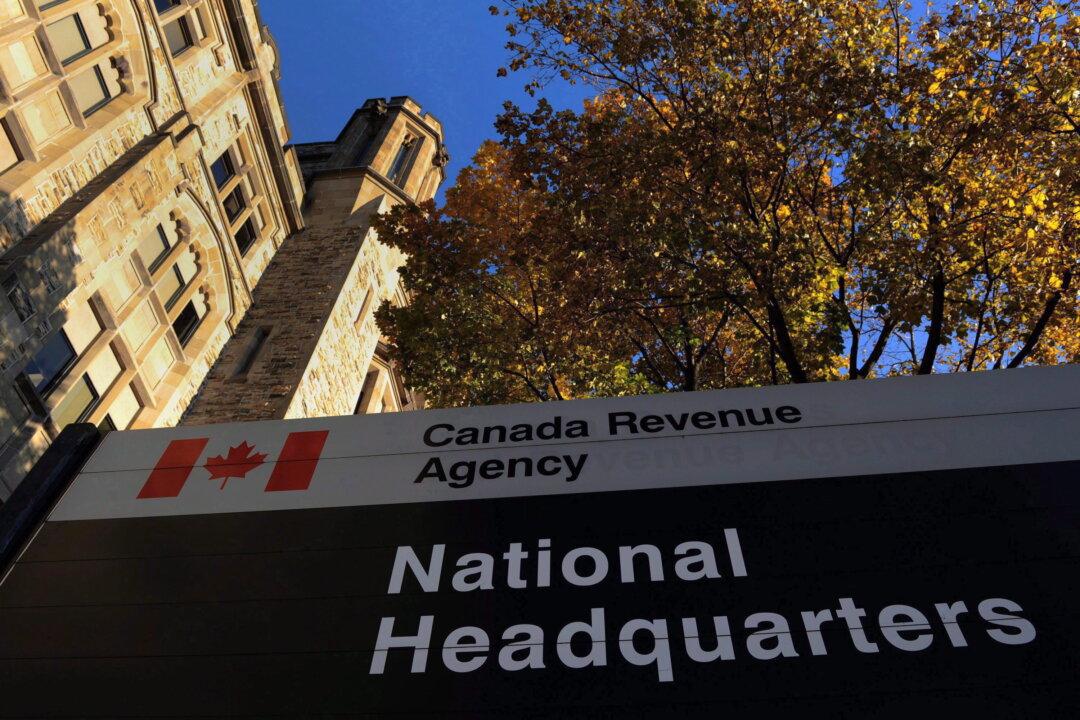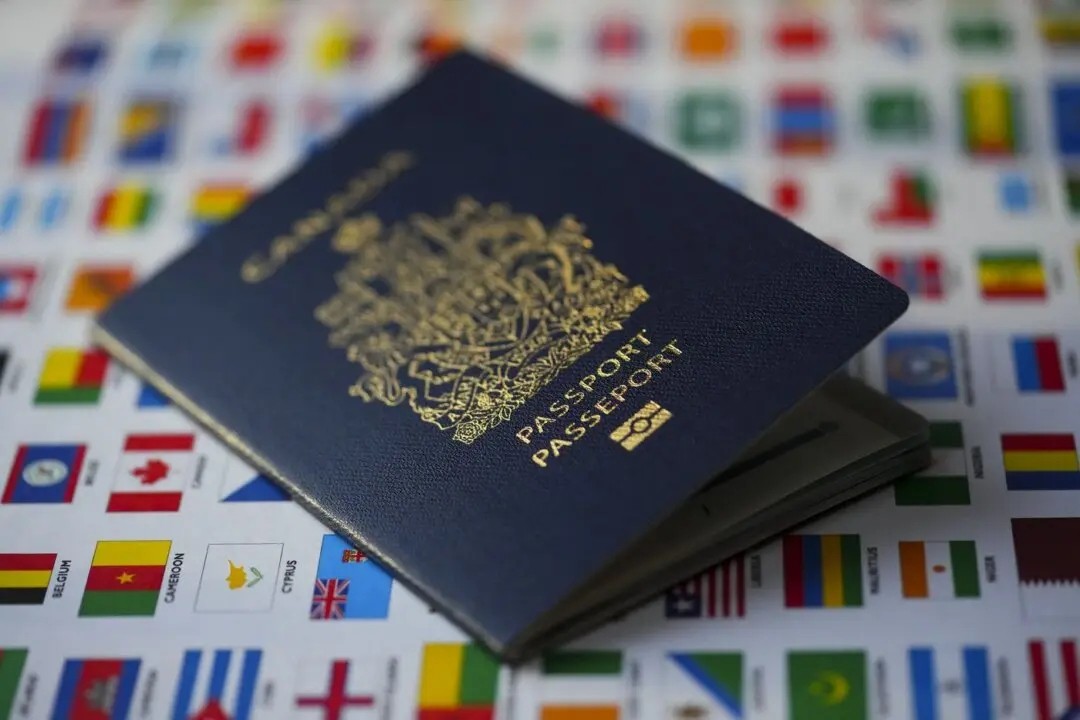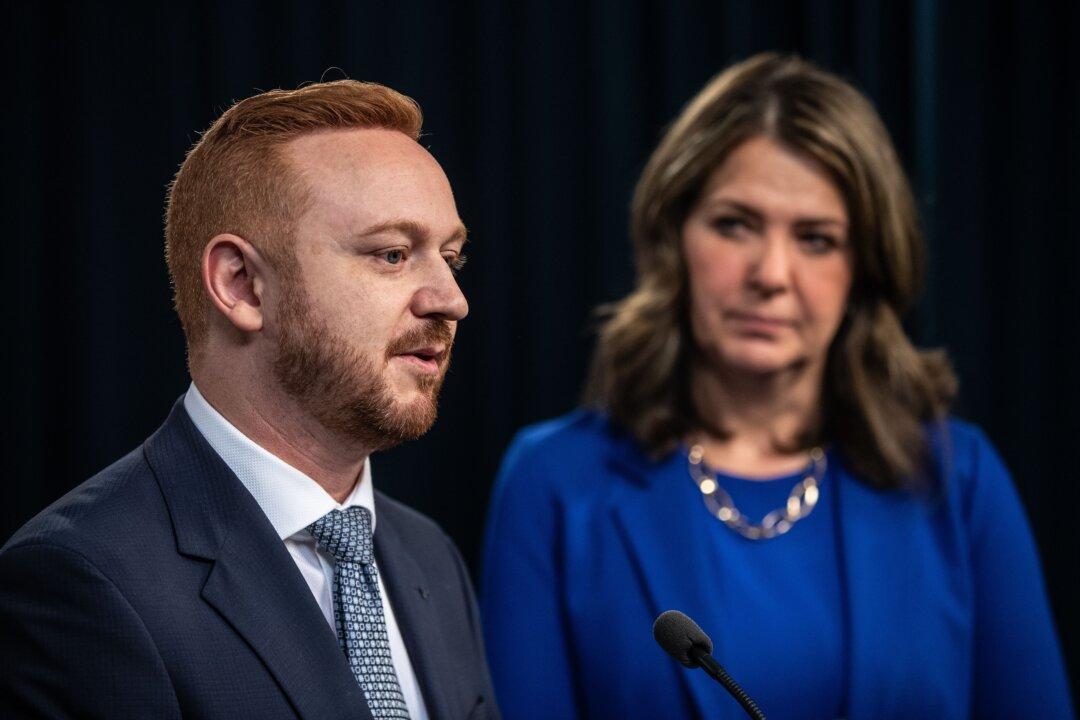A telephone tax filing system launched in 2018 by the Canada Revenue Agency (CRA) was unsuccessful, says a federal report, as uptake for the program was less than one percent.
The report, obtained by Blacklock’s Reporter, noted that out of 30 million taxpayers who submitted their annual returns, 27.6 million have done so electronically, while 2.4 million have filed by paper, and only 61,000 have used the “File My Return” automated phone service. Costs related to the phone service were not disclosed.





